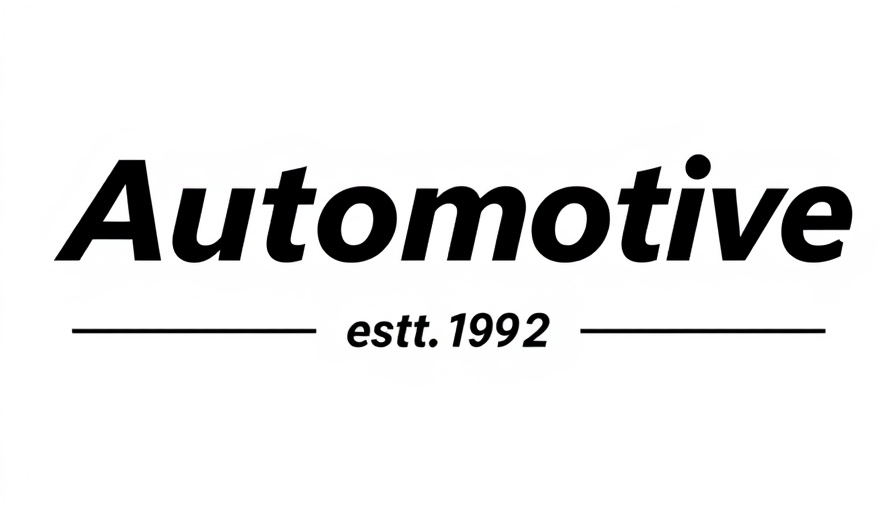
Understanding the Shortcomings of Legacy Auto Finance Technology
As the auto finance market evolves rapidly with technological advancements and changing consumer preferences, many organizations still cling to their outdated systems, which were not designed for today’s challenges. The reliance on legacy software poses significant risks, affecting operational efficiency and market competitiveness.
What are the Key Deficits?
Organizations that continue to use legacy systems encounter five major deficits that range from profit loss to innovation stagnation. These deficits curtail their ability to succeed in today’s fast-paced auto finance landscape.
Shrinking Profitability Due to Inefficiencies
Legacy auto finance platforms fail to support the agility necessary for modern operations. They create friction in daily activities, making scaling and optimization nearly impossible. These outdated systems are characterized by high maintenance costs and are often based on proprietary databases, which hinder data extraction and limit integration with contemporary tools. This disconnect results in insufficient access to valuable insights, which might otherwise drive increased revenue opportunities.
Stunted Innovation Costing Competitive Edge
One critical area affected by reliance on outdated technology is innovation. Many legacy systems lack regular updates, leaving organizations without the adaptive capabilities required to respond to market shifts. As a result, companies that are stuck utilizing these stagnant platforms risk losing potential contracts to more progressive lenders who can introduce new products and adjust financing models more rapidly.
Integration Challenges: A Barrier to Growth
A major issue with legacy systems is their tendency to operate in isolation. This lack of integration creates data silos that can obstruct workflow and hinder timely decision-making. Without integration capabilities, crucial business applications like CRM and risk assessment tools cannot effectively communicate with the finance platform, leading to slow operational processes and diminished competitiveness in the marketplace.
Addressing the Deficits with Modern Solutions
The solution to these deficits lies in upgrading to a modern auto finance platform. Such platforms streamline processes through automation and provide immediate access to data, enabling organizations to operate more efficiently. With the implementation of tools that support AI and machine learning, businesses can not only enhance profitability but also adapt quickly to evolving market conditions.
Conclusion: Why Upgrade is No Longer Optional
As the auto finance industry continues to transform, the shift from legacy systems to modern solutions is crucial. By addressing the five deficits posed by outdated technology, organizations can unlock their potential for growth and maintain a competitive advantage.
In conclusion, the pressing question for auto finance organizations is no longer if they should upgrade, but rather how quickly they can adopt these modern solutions to thrive in a changing landscape. Transitioning away from legacy platforms is an opportunity for renewal rather than just an obligation.
 Add Row
Add Row  Add
Add 

 Add Row
Add Row  Add Element
Add Element 




Write A Comment